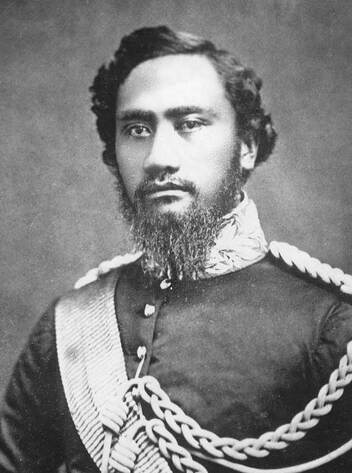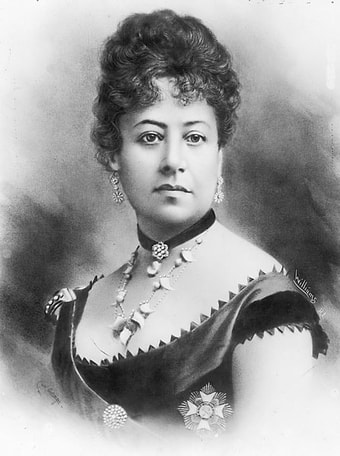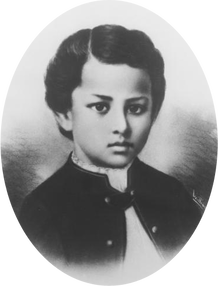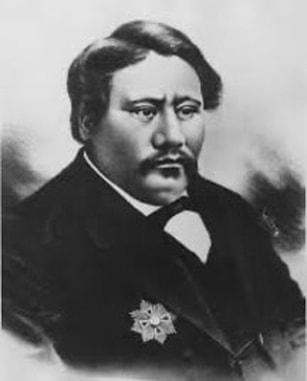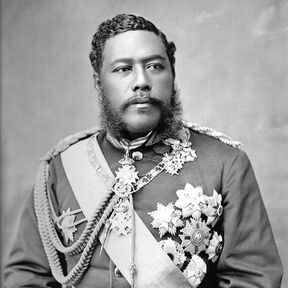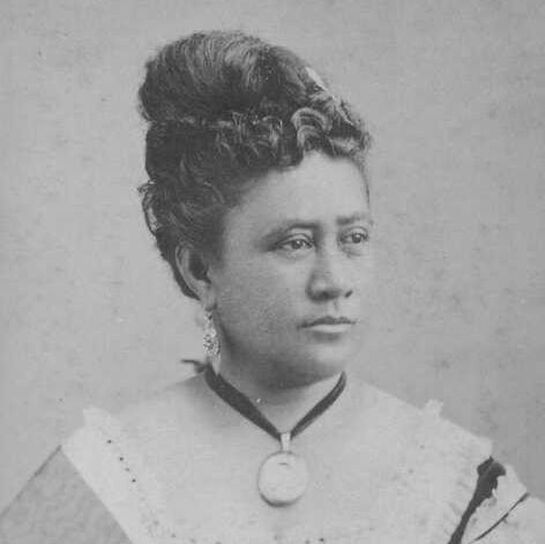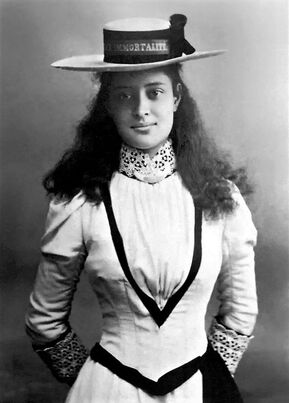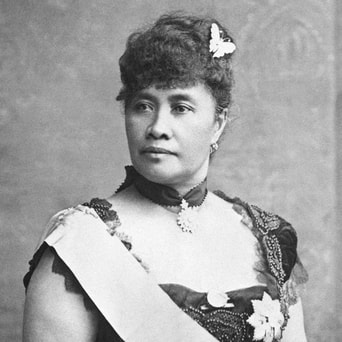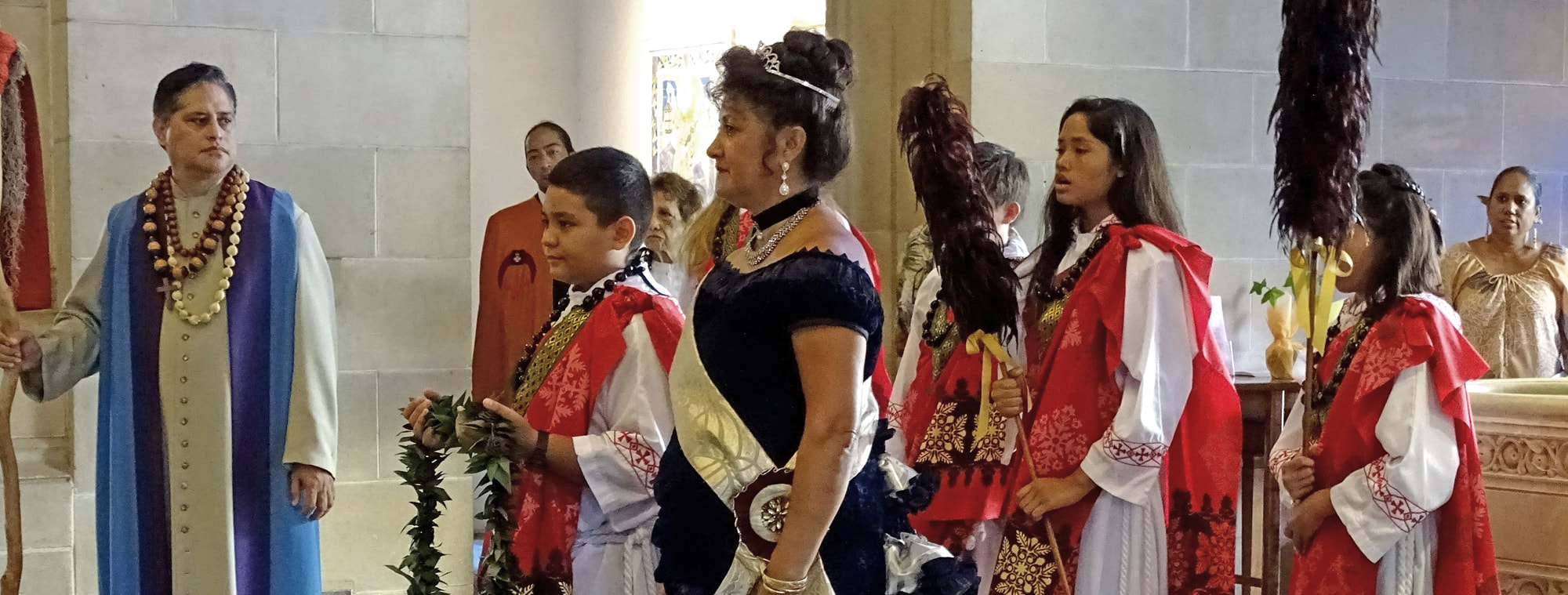Ka Pule a Ka Haku
E ko mākou Makua i loko o ka Lani
e hoʻāno ʻia kou inoa; e hiki mai kou aupuni; e mālama ʻia kou makemake ma ka honua nei e like me ia i mālama ʻia ma ka lani lā E hāʻawi mai iā mākou i kēia lā i ʻai na mākou no nēia lā e kala mai hoʻi iā mākou i kā mākou lawehala ʻana, me mākou e kala nei i ka poʻe i lawehala i kā mākou. Mai hoʻokuʻu ʻoe iā mākou i ka hoʻowalewale ʻia mai Akā, e hoʻopakele nō naʻe iā mākou i ka ʻino. No ka mea, nou ke aupuni, a me ka mana a me ka hoʻonani ʻia a mau loa aku. ʻĀmene. |
The Lord’s PrayerOur Father in heaven,
hallowed be your Name, your kingdom come, your will be done, on earth as in heaven. Give us today our daily bread. Forgive us our sins, as we forgive those who sin against us. Save us from the time of trial, and deliver us from evil. For the kingdom, the power, and the glory are yours, now and for ever. Amen. |
The Aliʻi were the traditional nobility of the Hawaiian islands. They were part of a hereditary line of rulers, the Noho Aliʻi.
OUR ALIʻI
King Kamehameha IV and Queen Emma were responsible for bringing the Anglican Church to Hawaiʻi. The first services of the church were held on October 12, 1862, amidst a time of mourning for the young Prince of Hawaiʻi, the only son of the King and Queen who died shortly before the arrival of the Bishop. The arrival of the Bishop had been long anticipated and prepared for by the King, who had translated much of the Book of Common Prayer into the Hawaiian language and had written a Preface explaining this new Anglican Christianity to his people.
King Kamehameha IV
|
Queen Emma
|
Prince Albert
|
King Kamehameha V
|
Princess Victoria
|
Queen Liliʻuokalani
|
ALIʻI SUNDAYS
The Cathedral of St. Andrew honors Hawaiʻi's Royalty through periodic Aliʻi Sunday services.
|
January 14, 2024
Queen Kapiʻolani Birthday January 21, 2024 Queen Emma Birthday February 11, 2024 King Kamehameha IV Birthday March 3, 2024 King Kamehameha V His Laying of the Cathedral Cornerstone May 5, 2024 Prince Albert Kamehameha Birthday |
May 19, 2024
Queen Liliʻuokalani Her Baptism and Reception at the Cathedral October 20, 2024 Princess Kaʻiulani Birthday November 10, 2024 Diocesan Feast Day Honoring Queen Liliʻuokalani November 17, 2024 King Kalākaua Birthday November 24, 2024 Diocesan Feast Day Honoring Our Holy Sovereigns King Kamehameha IV and Queen Emma |

